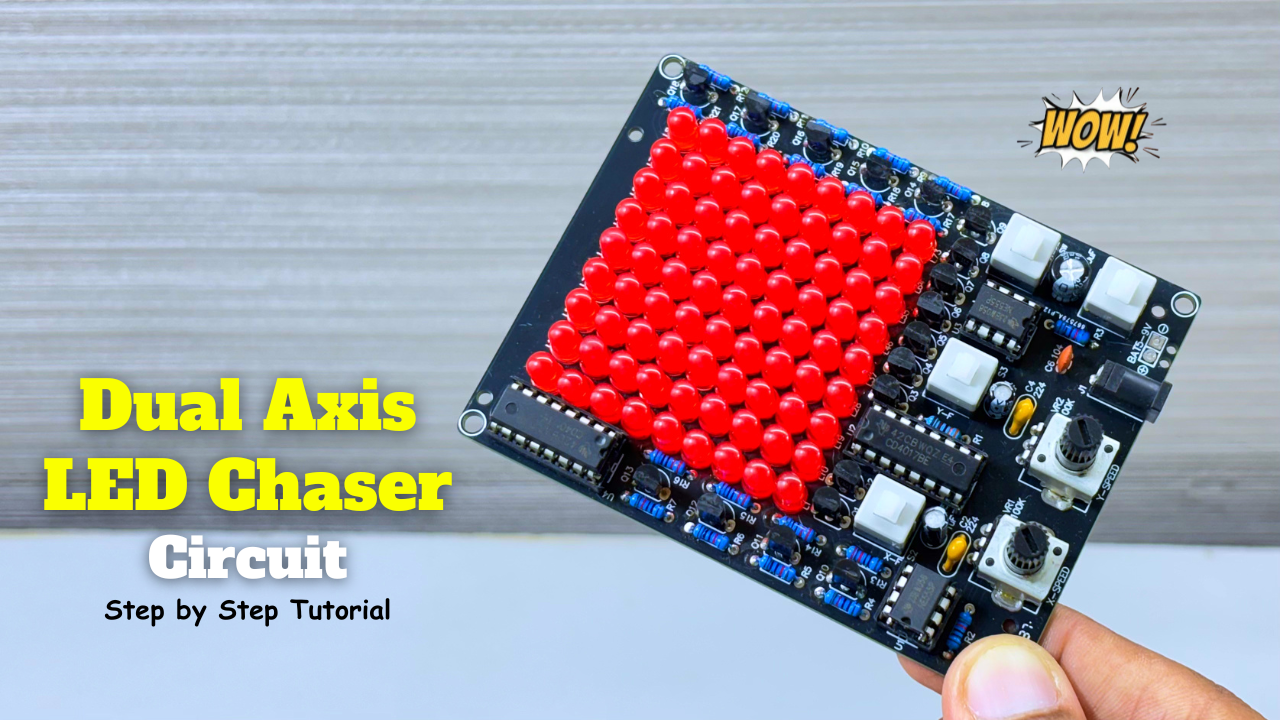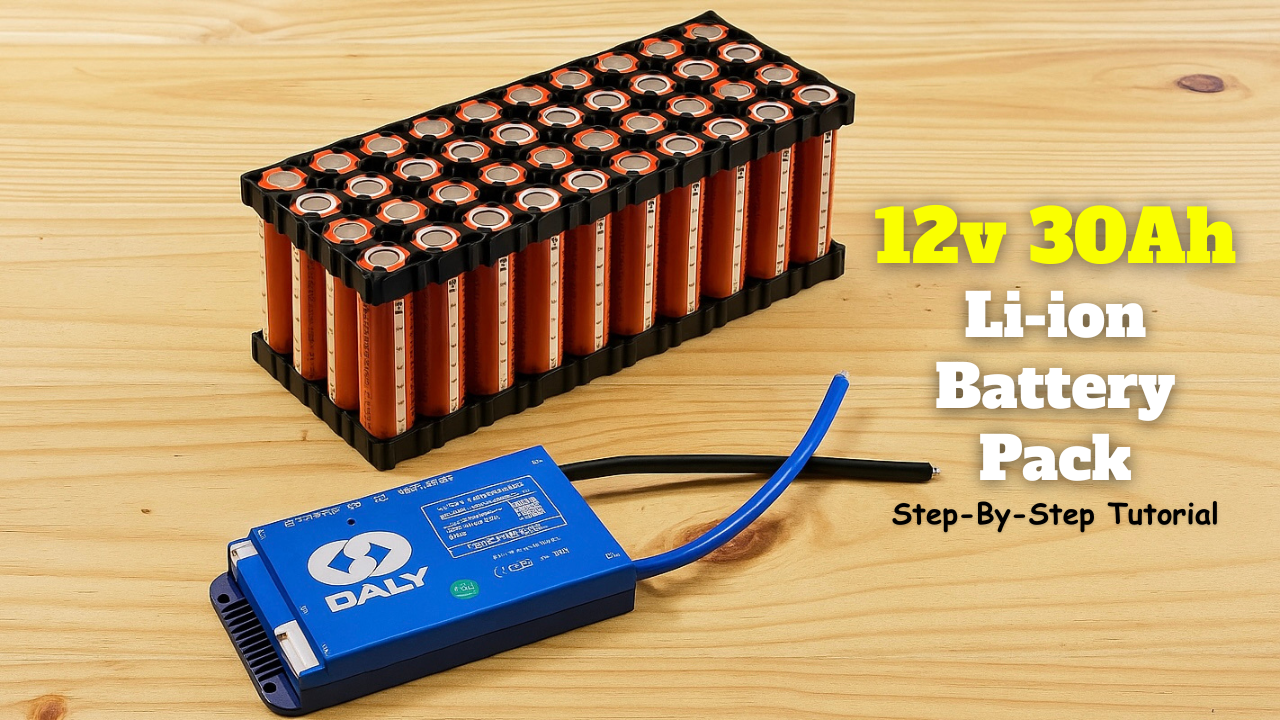Component Required
- RBG Led *20
- 220 ohm Resistor*1
- Switch *1
- Battery 3.7v
- Insulated Copper Wire
Circuit Diagram

Parallel LED Connection:
In a parallel LED connection, individual LED components are wired together in a configuration where each LED has its own direct connection to the power source, sharing the same voltage. This arrangement contrasts with a series connection where LEDs are linked sequentially along the same circuit.
Understanding Parallel LED Connection:
Wiring Setup:
- Independent Paths: In a parallel connection, each LED has its own separate path to the power supply. This means that if one LED fails or encounters an issue, it does not necessarily affect the others in the circuit.
- Shared Voltage: All LEDs in a parallel connection share the same voltage supply. However, they have their own current paths.
Characteristics:
- Consistent Voltage: LEDs in parallel receive the same voltage across them. This ensures that each LED receives its required voltage for optimal operation.
- Varied Currents: While the voltage remains constant across LEDs in parallel, the current flowing through each LED might differ based on their individual resistances or variations in manufacturing.
- Independence in Operation: Each LED behaves independently in a parallel connection. This means that if one LED fails or is removed from the circuit, the others continue to function without interruption.
Advantages:
1. Redundancy: The independent operation of LEDs in a parallel setup offers redundancy. If one LED fails, the others will continue to operate, ensuring the overall lighting doesn’t cease completely.
2. Individual Control: Each LED can be controlled separately if needed, allowing for more nuanced lighting designs.
3. Easy Maintenance: As each LED functions independently, troubleshooting and replacing individual LEDs in a parallel configuration is simpler compared to a series connection.
Considerations:
1. Current Regulation: It’s essential to ensure that each LED receives the proper current to prevent overloading and subsequent failure.
2. Uniformity: Variations in LED characteristics (like forward voltage or brightness) might cause slight differences in illumination among LEDs in a parallel setup.
3. Power Supply Capacity: When setting up LEDs in parallel, the power supply must have enough capacity to handle the combined current draw of all the LEDs.
Conclusion:
A parallel LED connection offers flexibility, redundancy, and ease of maintenance compared to series connections. While it allows for independent operation and consistent voltage across LEDs, proper current regulation and attention to individual LED characteristics are crucial to ensure optimal performance and longevity of the lighting setup.
Resistor:
A resistor is an electronic component designed to limit the flow of electric current in a circuit. Its primary function is to resist the flow of electrons and reduce the amount of current that passes through it. Resistors are commonly used in electronic circuits for various purposes, such as controlling the amount of current, dividing voltage, adjusting signal levels, and protecting components from excessive currents.
18650 3.7v battery:
The 18650 battery is a specific type of lithium-ion rechargeable battery. Its name is derived from its dimensions: 18mm in diameter and 65mm in length. These batteries have become widely used in various applications due to their high energy density, rechargeability, and versatility.
18650 batteries have gained popularity due to their high energy density, rechargeability, and versatility in various applications. Understanding their specifications, proper handling, and using compatible charging methods are essential for their safe and efficient use in electronic devices and systems. These batteries continue to be a reliable power source for a wide range of portable electronics and are integral in the development of battery technology for the future.
More Projects:
-
Dual Axis LED Chaser Circuit
Components Required: Special Thanks to Our Sponser – JLCPCB: No project is complete without the right tool and materials. That’s why our sponser JLCPCB stepped into provide essential material for …
-
Amazing LED Chaser Circuit – Beautiful Decoration Idea
LED chasers are a fun and creative way to display a sequence of lights. In this blog post, we’ll show you how to build an LED chaser using a 555 …
-
Building a 12v 30Ah Li-ion Battery Pack with Daly BMS
If you’re interested in DIY battery projects, this guide shows how I built a 4S10P (14.8V nominal) battery pack using 40 pcs of 18650 Li-ion cells and a Daly BMS. …



